When you travel on the A44 highway between Dortmund and Kassel, you will stump upon a sign in German “Wewelsburg – the only triangular castle in Germany”. This innocent statement is true. But also true are a lot of other issues related to this “special” place. Want to know more? Read further…
The history of Wewelsburg starts in 9 BC, as the hill on which the castle stands was likely a part of the battlefield of the Teutoburg forest, during which the Germanic tribes slaughtered the Roman legions and secured independence. Surprisingly, this battle, even though way before any castle was built, had a huge impact on the history of the place.
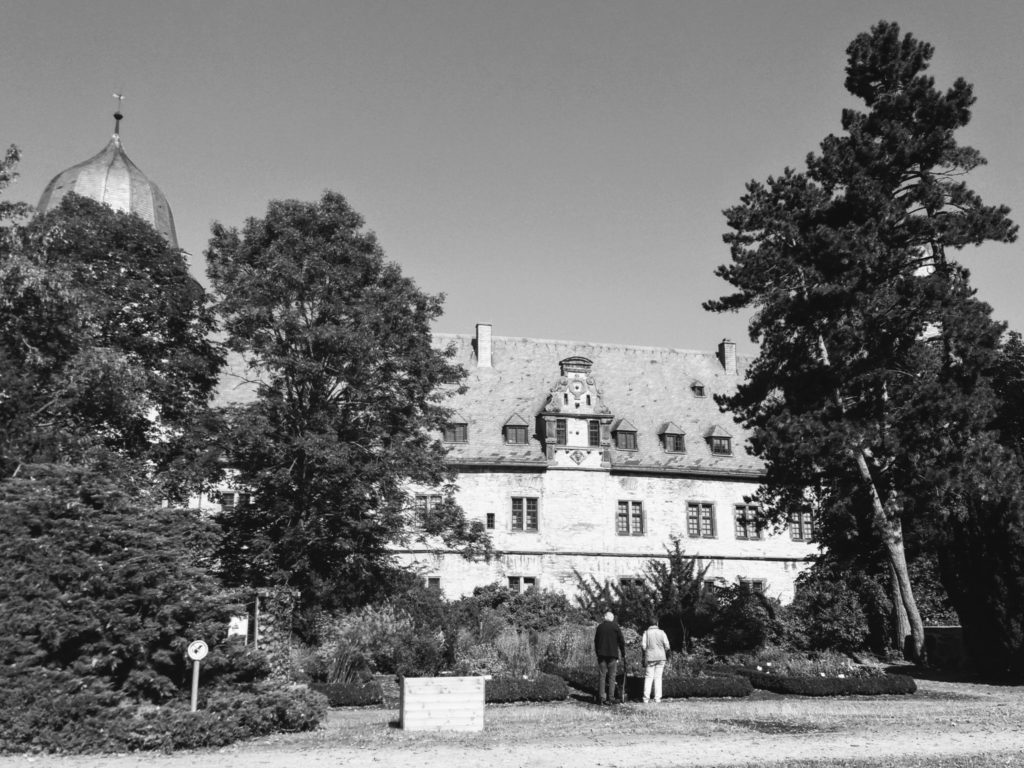
First military wooden structures were built here in the ninth and the tenth century to protect against the Hungarian invasions. In the 12th century Earl Friedrich Arnsberg, owner of the area, built further wooden structures, but after his death the angry peasants whom he oppressed destroyed all of them.
In 1301 the territory was sold to the bishop of Paderborn. Stone buildings started to appear. It was considered a secondary residence of the bishops, sometimes lent to liege lords of the bishops. The current buildings of the Wewelsburg castle were built in the years 1603-09, which explains the renaissance style of the castle.
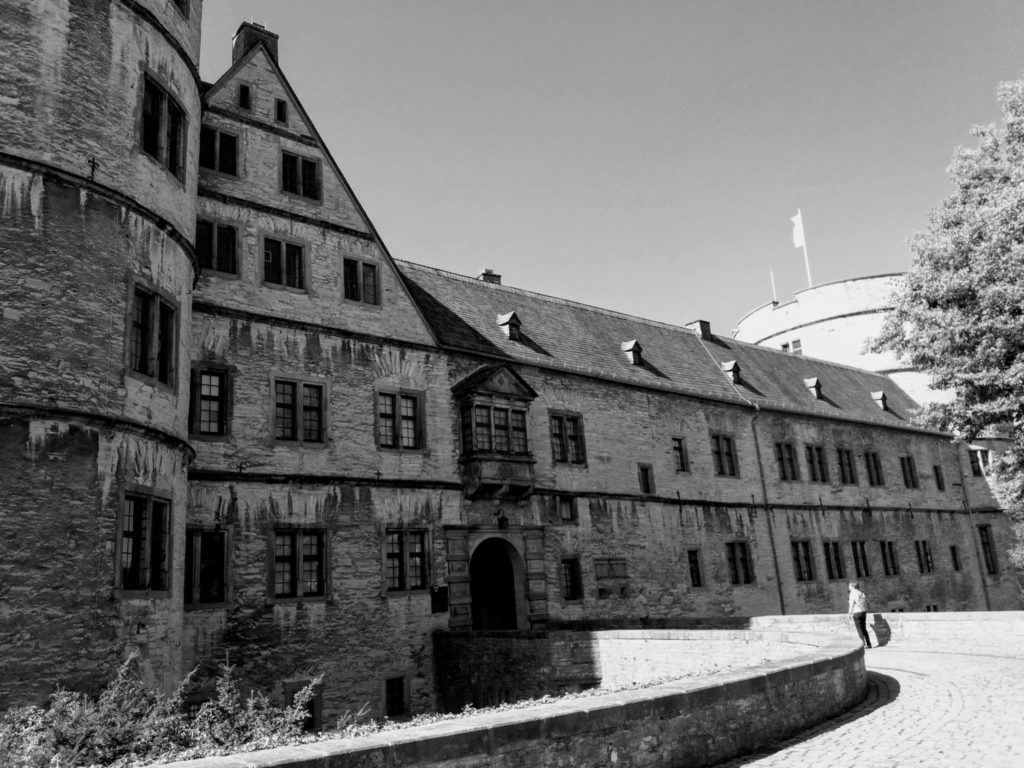
During the Thirty Years war (1618-48), the castle was seized several times and as a result, it became partially ruined. Further centuries helped it to deteriorate further.
In 1924 the local town of Büren bought the castle and renovated it aiming to make a local museum out of it. History however had other plans for it.
Early Nazi times
In 1933, during the electoral campaign, Heinrich Himmler, who was the head of the Nazi SS and alas Hitler’s propaganda genius, accompanied Hitler helping him win the parliamentary elections. When they were in the town of Lippe, which is in the vicinity of Wewelsburg, Himmler had an idea of making Wewelsburg the center of cult of Hermann the Cherusker, a legendary hero who won the battle of Teutoburg forest in 9 BC. These kind of tales helped the Nazi propaganda greatly as they showed the supremacy of Germans.
Negotiations were difficult, as the town of Büren was unwilling to give up control of the castle. In the first half of 1934, a 100-year lease was agreed for the symbolic annual rent of 1 Reichsmark. On 22 September 1934, Himmler officially took over the Wewelsburg in a large ceremony. The Völkischer Beobachter (main Nazi newspaper) reported the event. It mentioned the Germanic and historic past of the region and emphasized the educational aspects of Wewelsburg. In 1935 Himmler announced that the SS-castle was to be officially called “SS-Schule Haus Wewelsburg” (“SS School, House Wewelsburg”).
Shift of plans
There is some speculation that it was Karl Maria Wiligut, an SS occultist, who convinced Himmler to use the castle not only as a school but also as a cult site; Wiligut allegedly was inspired by an old legend and considered Wewelsburg as the magic place which will help the Western civilisation win over the Eastern one. Himmler, who was expecting a conflict between Europe and Asia (Soviet Union was considered to be a barbaric Asian country), decided to use this legend and its magic charm.
Very quickly the focus of activity of Wewelsburg shifted away from schooling the SS leadership in a broad set of ideological fields to something much narrower. In fact, work concentrated more on conducting basic pseudo-scientific research in the fields of Germanic pre- and early history, medieval history, folklore and genealogy (Sippenforschung), all intended to provide the underpinnings for the racial teachings of the SS. A scientific library was also established.
Proponents of a kind of SS esotericism consisting of Germanic mysticism, an ancestor cult, worship of runes, and racial doctrines were active in the castle. Himmler, for example, adapted the idea of the Holy Grail to create a heathen mystery for the SS.
All interior decoration was shaped by an SS sensibility in art and culture; the preferred elements of design were based on runes, swastikas, and Germanically interpreted Sinnzeichen (sense characters). Tableware, decorated with runes and Germanic symbols of salvation, was manufactured specifically for Wewelsburg castle, and Himmler’s private collection of weapons was housed in the castle.
Himmler’s further plans
Wewelsburg was being re-organised, rebuilt and expanded. Renaissance stuccoes have been taken off, to make the it look more castle-like. A guard building (quite huge) was added opposite the main gate. A new entry bridge was built to make it strong enough for cars to enter the courtyard.

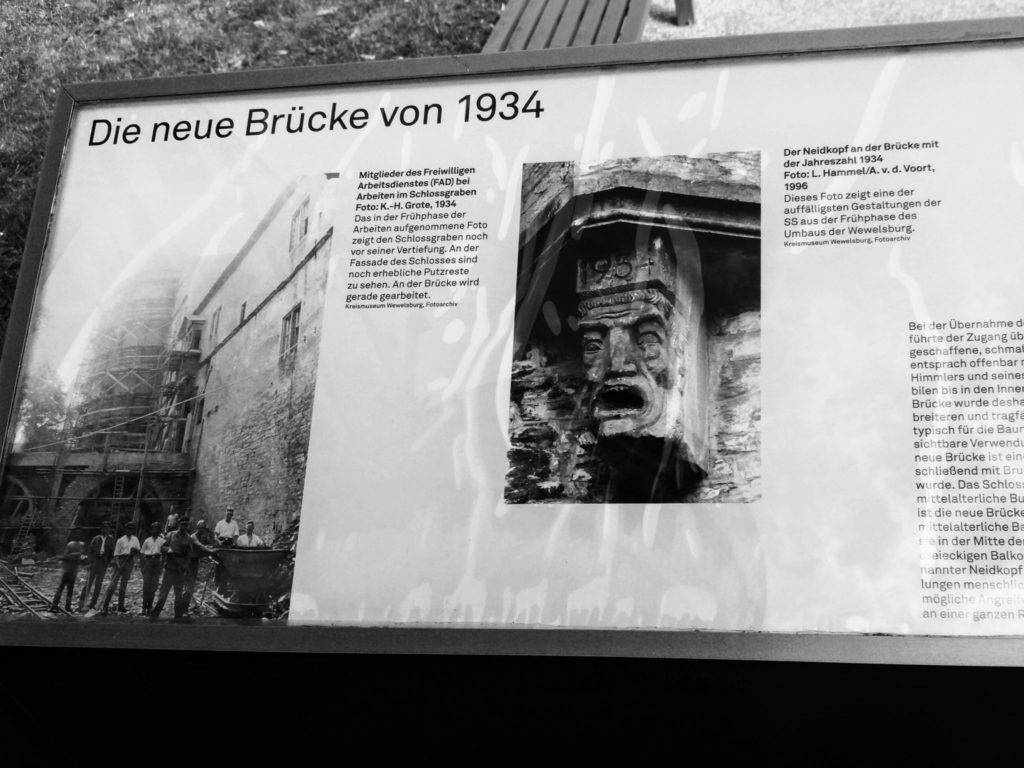
It was also becoming a secret place. Public was not allowed to visit it and the Nazi media had a ban on even mentioning the place.
Himmler had huge plans for Wewelsburg. It was supposed to become “the Center of the World” within the next 20 years.
During the second world war prisoners were brought from concentration camps to work in the expansion of the site. Over 1200 of them (mainly Soviet prisoners of war and Jehovah Witnesses) worked in reconstructing the castle. More than half of them did not survive.
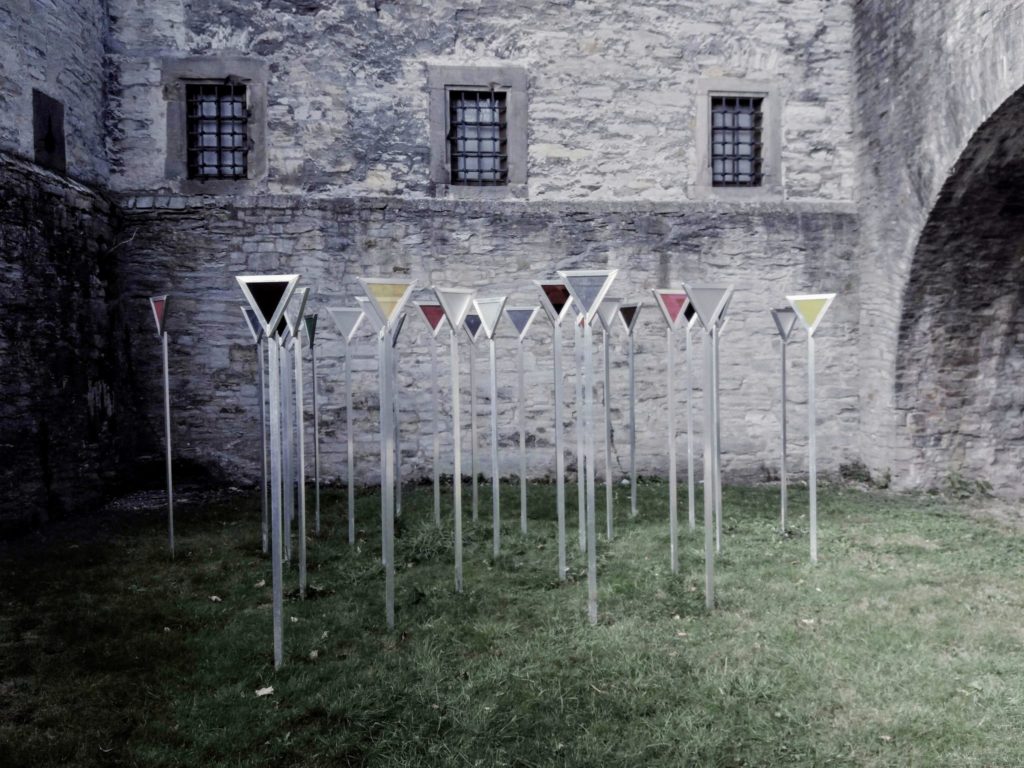
Installation of a 15 to 18-meter-high wall in the shape of a three-quarter circle with 18 towers including the actual castle area centred around the North Tower of the castle was planned. The plans also included a “Hall of the High Court of the SS”, streets, parkways, impressive buildings, a dam with a power plant, own highway accesses and an airport.
However, as the tides of war shifted and the Nazis lost the battle of Stalingrad a decree was issued on 13 January 1943, stating that all building projects which were unimportant for the war – including the Wewelsburg – have to be stopped. That was the end of the expansion of the site.
In March 1945, seeing the American army approaching Wewelsburg, Himmler ordered the destruction of the site. However, the soldiers had too little explosives to destroy the whole complex, so they blew up the guard house and one of the towers. They set the rest on fire.
Post-war
In 1950 the castle was re-opened as a hostel and a museum. The hostel with over 200 beds is still one of the biggest in Germany.
In 1982 the war museum opened, aiming at showing the story of SS. The museum is free of charge and it aims at showing the destructive role of the SS. You can watch and listen the very touching testimonials of former prisoners of the camp.
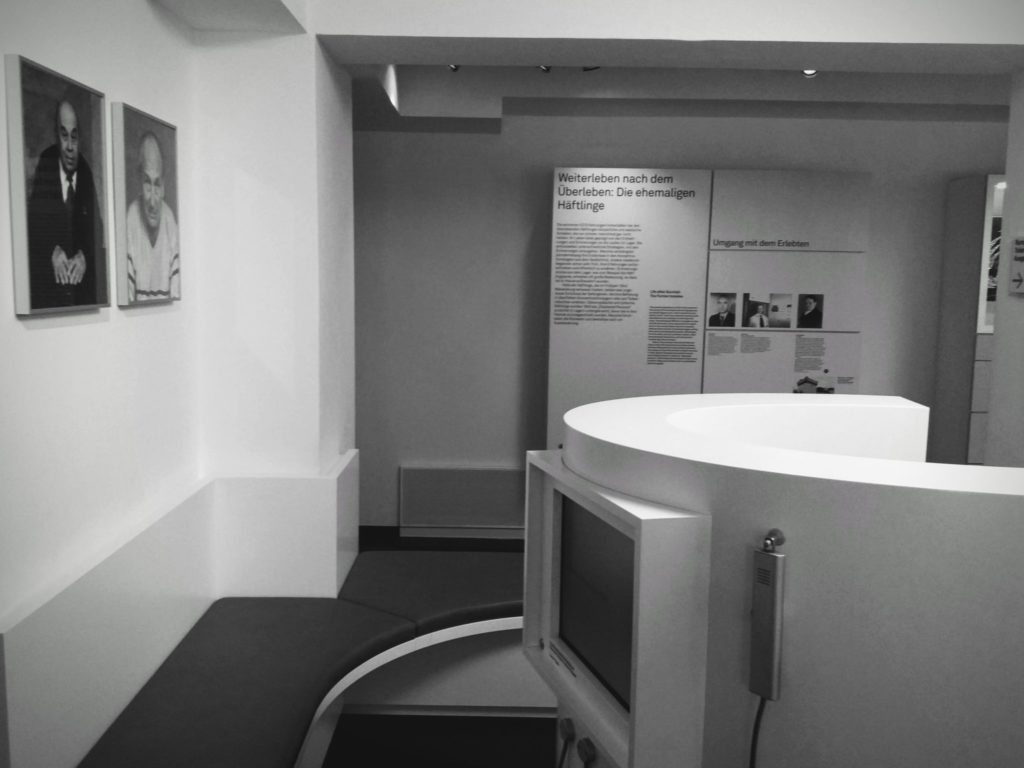
Visiting the place
The entry to the Nazi museum is situated in the guard house. The semi-innocent looking building is just the tip of the iceberg. Under the building there are four underground floors, way bigger than the building you see.
It is in their dark subterranean corridors that you see the museum. It’s really spooky. Remember the computer game “Wolfenstein”? Well – the idea of the Nazi castle in that computer game was based on Wewelsburg.
I remember the goose bumps I had when I saw the real Totenkopf rings – the famous silver rings with a skull used by the top SS officers. I saw them in the films, but never live.
The underground corridors lead you to the Northern Tower – the place where the most sacred occult SS rituals took place.
When we entered the lowest room of the tower, which was shaped in a do-decagonal shape (twelve was a magic number for Himmler) we heard a song. It was a sad song and the perfect echo of the room multiplied the voice of the singer who was placed directly in the middle of the room. I listened to it for a while and understood that it is kaddish – the Jewish hymn sung for the dead. I realised that in the middle of the room most holy to the SS stood a Jewish cantor, who came to visit the museum just a few minutes before us. His strong voice echoed by the walls added to the heavy and special atmosphere of this place. We stood in silence and melancholy.
The upper chamber was way less touching. The creators of the museum wanted to add more contemporary lounge atmosphere to this place. I must say I was disappointed.
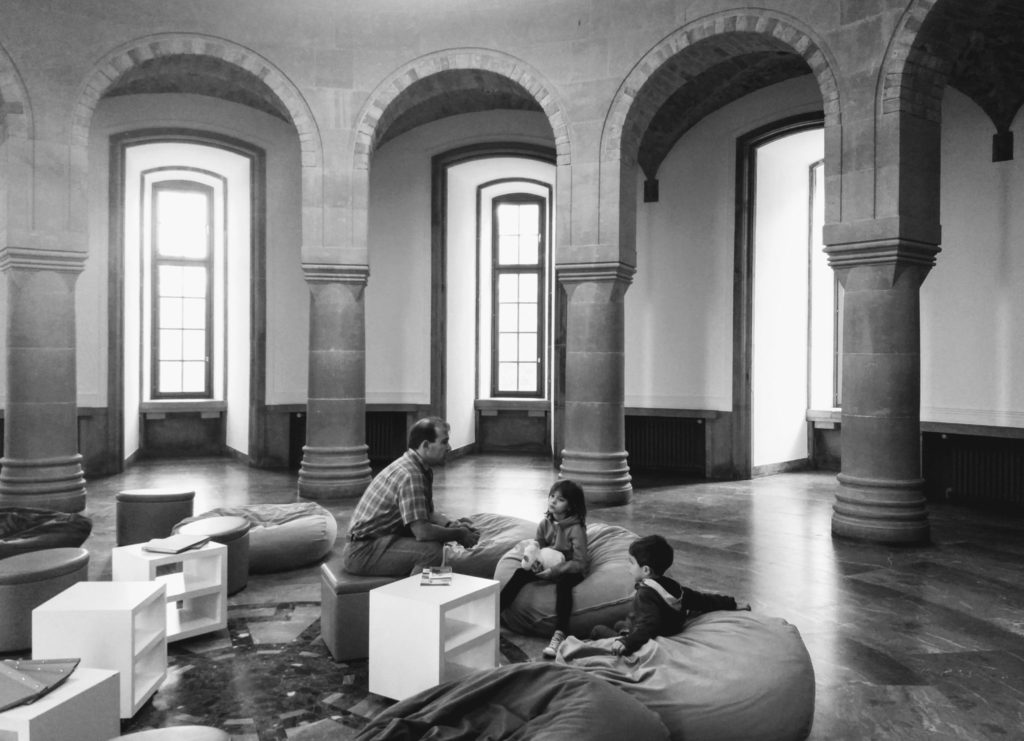
Returning through the underground corridors we found the huge and empty wine cellar of the SS. Another picture I’ll have in front of my eyes when I recall Wewelsburg.
* * *
A side remark – on the contrary to the Nazi museum, the local bishopric museum is a waste of time and you can easily skip it.
How to tell kids about it
As you know, we have young kids. Arriving at such a place and explaining it to them was a challenge. We tried to make them understand the second world war and the fight of good and evil. At the same time we tried not to frighten them. They understood the importance of the place became quite serious and wanted to know more.
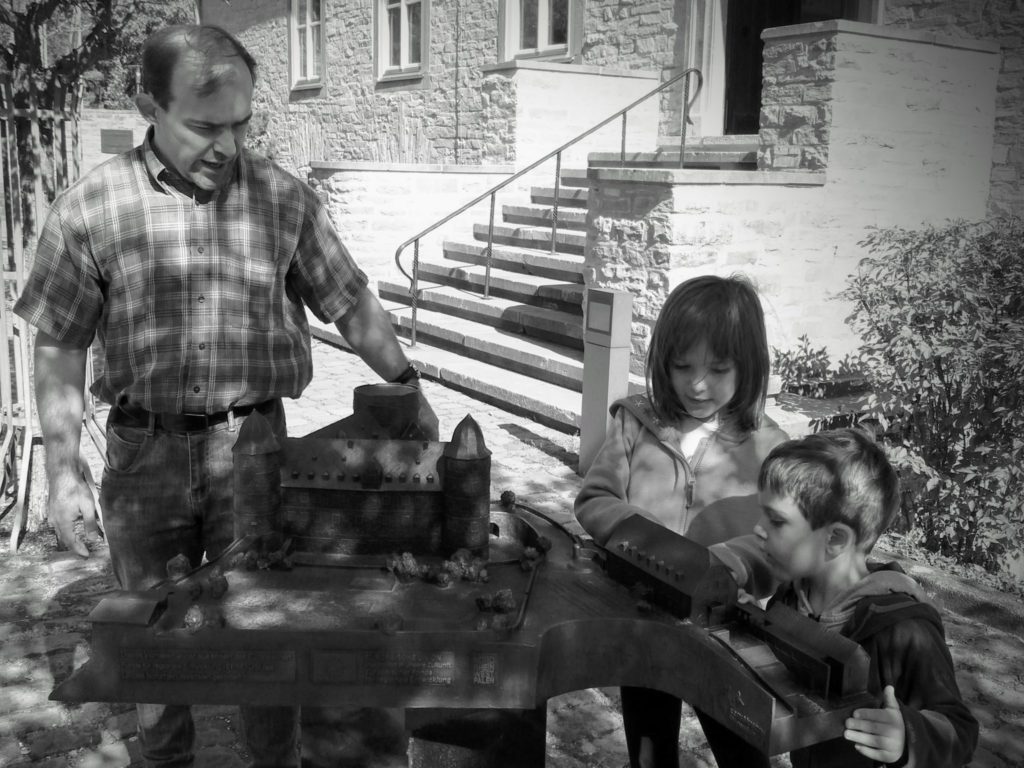
Mee
We were all so focused on the special character of this place, that we forgot that Laura brought to Wewelsburg her favourite cuddly sheep toy called Mee. We discovered that it was missing only when she was going to bed upon return home on that day.
This constituted a major problem, as driving back over 400 km was not an option. We didn’t even know where did she leave it. Laura was extremely sad.
Gosia told me to call the museum. I felt stupid to ask a Nazi museum whether they have seen a woollen sheep, but decided to give it a try. After dialling the number I started explaining the sheep story. I was interrupted by an exclamation: “Aha! So it was YOU!”.
Thankfully the lady explained to me that she was at work on the day when we visited the museum. She saw on the CCTV camera how Laura was playing in the kids corner (yes, this museum has a kids corner) and how she left the sheep behind. She ran to the kids corner to catch the sheep, then outside to fetch us, but she couldn’t find us any more. Afterwards she kept the sheep safely in her office.
I was more than amazed to hear that and I asked whether she could ship the sheep to us. I would naturally cover all the costs. She was outraged at such an idea and informed me that the museum of Wewelsburg will gladly pay all the costs of shipping.
The sheep safely arrived at our place three days later. Laura was extremely delighted to see her little fluffy friend back again and we were once more amazed by Wewelsburg.
Impressions
Wewelsburg is a very special place. It has a complicated history which is shown in the museum in a very objective way. I am unable to tell you whether we can recommend this place. It is up to you, whether you want to see it. But if you do – please feel free to tell us your impressions afterwards.
Sources
Bibliography & further read
If you speak German, there are several interesting sources to read about Wewelsburg. The history of Wewelsburg is well explained by Stuart Russell and Jost W. Schneider. The taking over by Himmler is explained by Kirsten John-Stucke. If you want to know more about Karl Maria Wiligut, also known as Himmlers Rasputin, the site of the Evangelic church is handy.
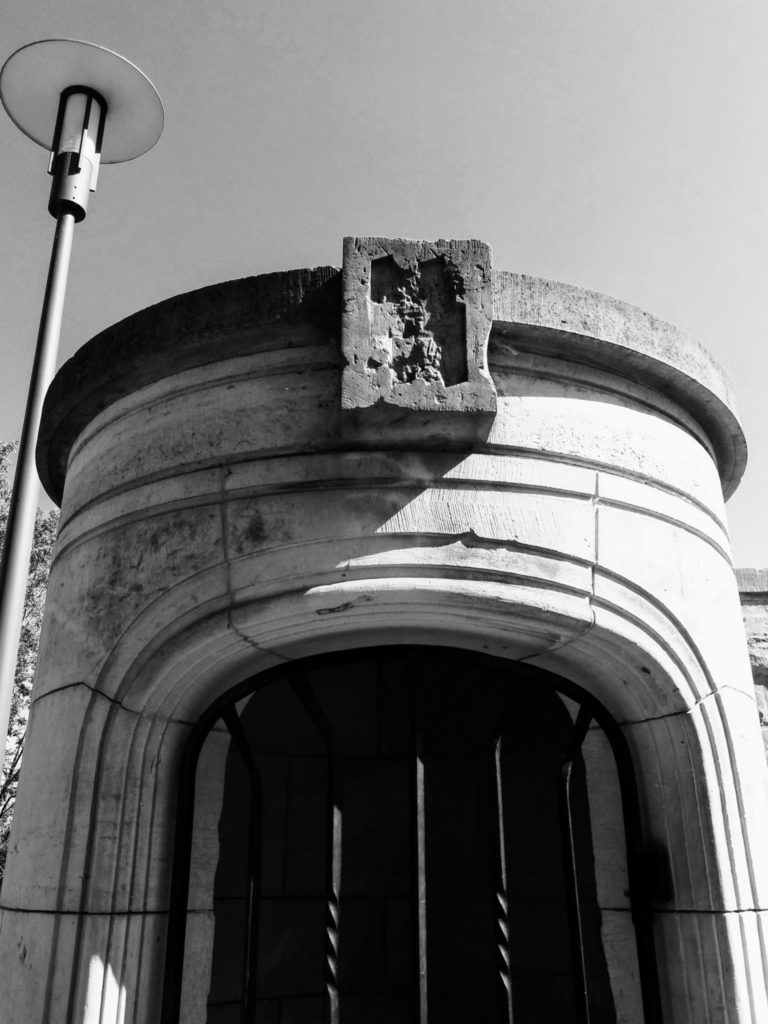


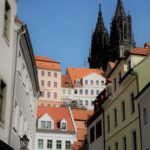



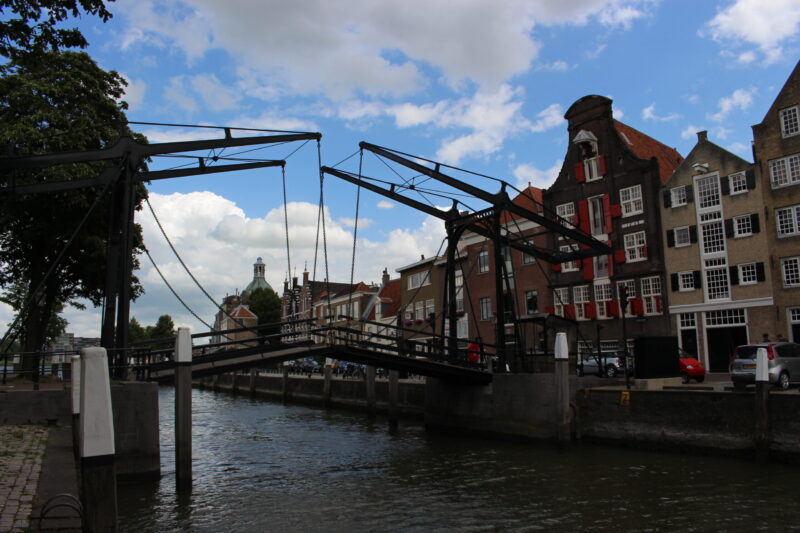
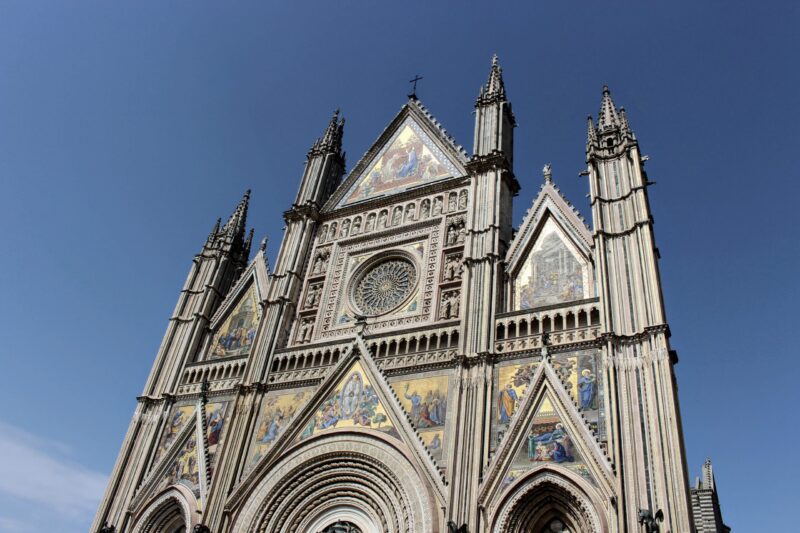
Интересно!
Мы стараемся показать места, которые не очевидны, и мы рады, что вы любите читать о них.
I am really impressed with your writing skills and also with the layout on your weblog. Is this a paid theme or did you modify it yourself? Either way keep up the excellent quality writing, it is rare to see a great blog like this one today..